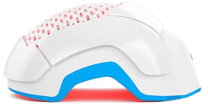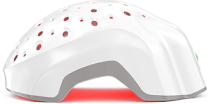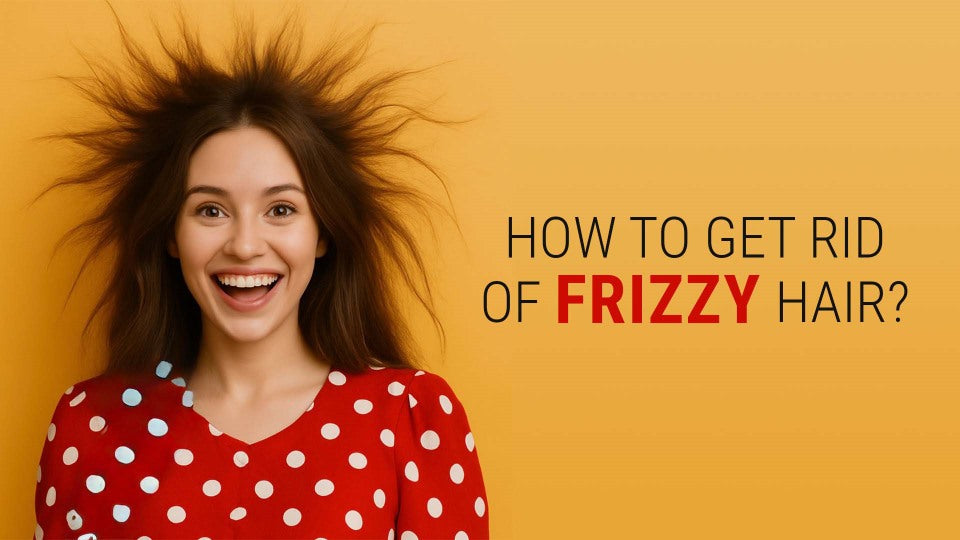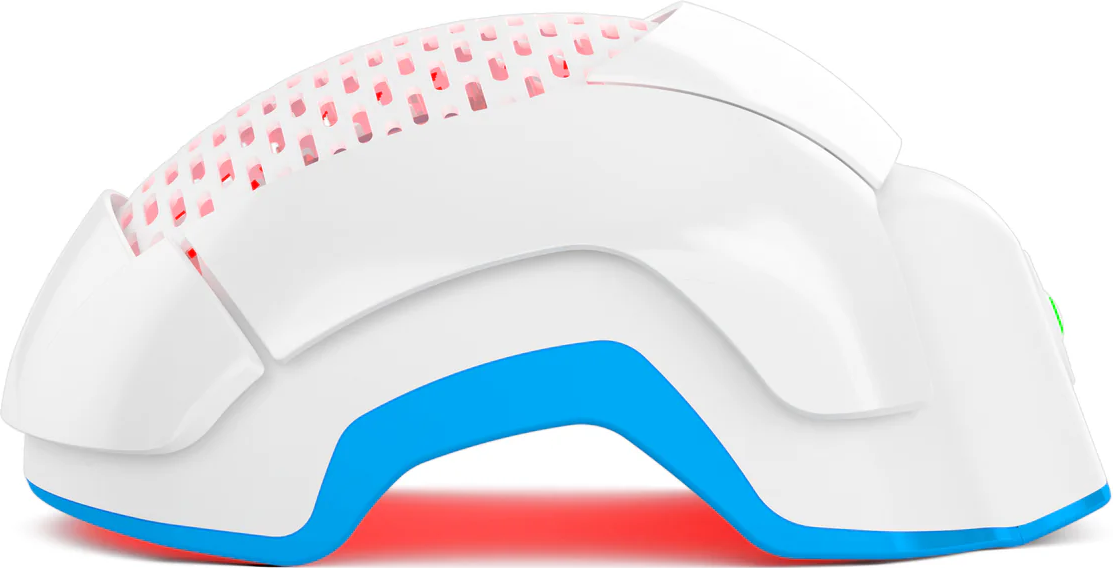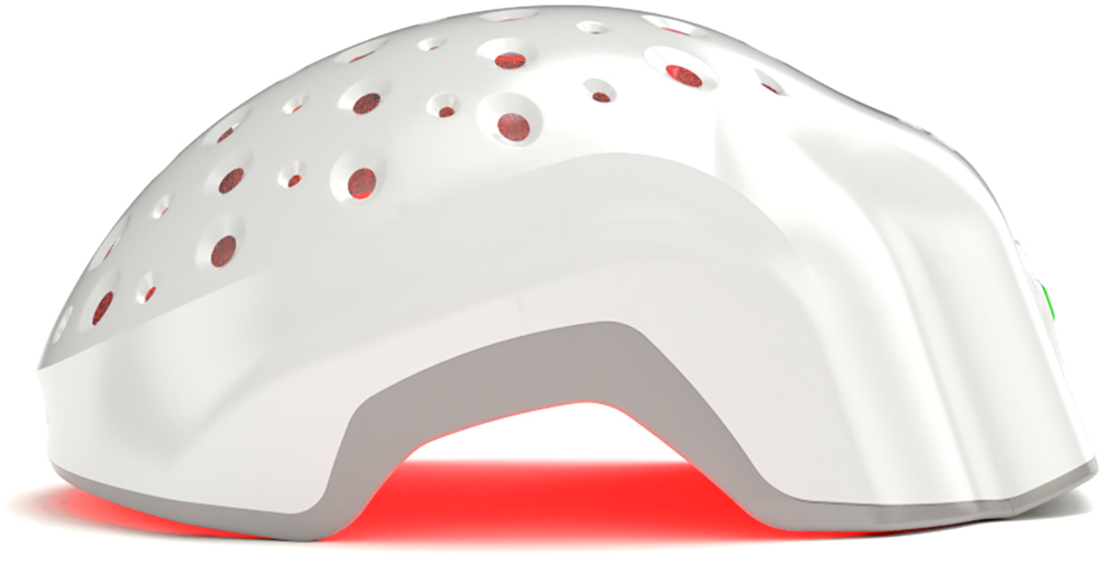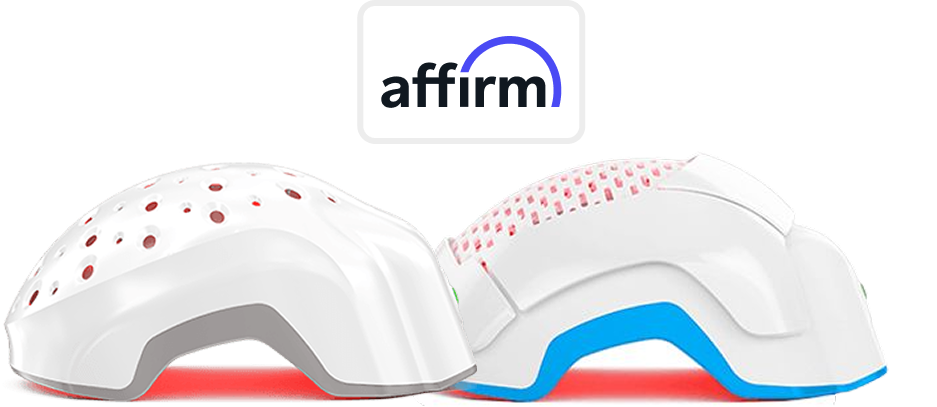You don’t fix frizz. You tame it. You manage it. You learn its moods, monitor the humidity index like a nervous meteorologist, and prep like you’re heading into combat with a cloud of static cling.
So when someone casually throws around the phrase how to get rid of frizzy hair, it’s hard not to smirk. Because frizz isn’t just a hair type—it’s a symptom. Of dryness. Of damage. Of a cuticle that’s had it up to here with your shampoo choices and heat tools. And no, that “anti-frizz” spray in your bathroom cabinet is probably just silicone dressed up as a miracle.
Still, let’s not write it off. Frizz might be stubborn, but it’s not invincible. The key is understanding what’s setting it off in the first place—and knowing which habits (and yes, ingredients) are throwing fuel on the fire.
Let’s break down the causes, science, and real-deal solutions for hair that refuses to sit quietly.
What Causes Frizzy Hair?
Frizz is a structural problem. And it’s almost always a cry for help from your hair. So before jumping into how to smooth frizzy hair, let’s strip it down to what’s actually setting your strands off.
Dryness & Cuticle Damage
Dry hair is the VIP pass for frizz. When the hair cuticle—the outermost layer—is lifted or cracked, it grabs onto moisture from the air like a sponge. Instead of smooth and sleek, you get poufy and unpredictable.
Humidity
Humidity and frizz are long-time frenemies. The drier your hair, the more moisture it tries to absorb from the air, swelling the shaft and distorting the cuticle. That’s the science behind that midday poof you didn’t sign up for.
Hot Water Showers
Steamy showers feel great, but they don’t do your hair any favors. Hot water strips away the scalp’s natural oils and raises the cuticle layer, making hair more prone to frizz and breakage.
Also Read: Which is better for washing hair? Hot water or cold.
Heat Styling & Chemical Damage
Daily straighteners, curling wands, and chemical treatments? Recipe for a cuticle crisis. Excessive heat breaks protein bonds in hair, leading to brittleness, frizz, and split ends that fray outward.
Overwashing & Harsh Products
Shampooing every day or using sulfates and alcohol-heavy products can obliterate your hair’s natural lipid barrier. No barrier means no moisture retention—only frizz.
Friction & Styling Practices
Rubbing your hair with a towel, brushing while wet, or tying it too tight causes physical damage. Those tiny micro-tears add up to frizz over time.
Also Read: What does damaged hair look like?
Genetics & Hair Type
Some hair types—especially curly, coily, or porous strands—are naturally more prone to frizz. The tighter the curl, the more chances the cuticle layers are lifted and vulnerable.
How to Fix Frizzy Hair?
Let’s be clear: fixing frizz is about restoring structure, moisture, and strength. Here’s how to get rid of frizzy hair in a way that actually lasts.
1. Identify Your Root Cause
Before piling on treatments, you need to know your frizz trigger. Is it dryness, humidity, heat damage, or product buildup? Diagnosing the culprit helps you choose targeted solutions that won’t waste your time (or hair).
2. Choose Gentle Shampoo & Conditioner
Your bathroom shelf might be part of the problem. Ditch sulfates and switch to gentle, hydrating cleansers loaded with humectants. They clean without stripping your strands bare.
Also Read: 7 shampoo ingredients you should avoid to prevent hair loss.
3. Deep Condition Weekly
If frizz is constant, your cuticles are likely dehydrated. Weekly masks or intensive conditioners help reseal and reinforce them—especially formulas with ceramides or amino acids that rebuild the lipid barrier from the outside in.
4. Use Cold-Water Rinse
Finish your wash routine with a cold water rinse. It may feel like punishment, but it’s the kindest thing you can do for your cuticles. Cold water lays the cuticle flat, helping lock in moisture and reflect more shine.
5. Blot Dry & Use Microfiber Towels
Rubbing your hair with a towel creates static and tears at fragile cuticles. Swap to blotting gently with a microfiber towel or an old T-shirt. You’ll see fewer flyaways almost instantly.
6. Style Damp Hair with Leave-In & Serum
Frizz-prone strands need protection before they dry. Use a leave-in conditioner or anti-frizz serum while your hair’s damp. Look for ingredients like silicone alternatives, hyaluronic acid, or plant oils for smoothing.
7. Protect from Heat
Heat is not your hair’s friend—unless you use it smartly. Always apply a heat protectant before styling, and avoid daily hot tools. Even one session without protection can push the cuticle past its breaking point.
8. Brush with Care
You’re not sword-fighting. Switch to wide-tooth combs or boar-nylon blend brushes to minimize static and distribute natural oils from root to tip. And please, never dry brush curly hair. It’s a one-way ticket to frizz city.
9. Trim Regularly
Split ends have zero interest in smoothing down. Trim every 6–8 weeks to prevent breakage from creeping up the shaft and creating more uneven, frizz-prone texture.
Products and Ingredients to Avoid for Frizz Control
Sometimes the culprit isn’t what you’re not using—it’s what you are. Plenty of “frizz-fighting” products on the shelf are quietly sabotaging your strands, all thanks to a few common yet notorious ingredients that compromise your cuticle instead of supporting it.
Let’s call them out.
Sodium Lauryl Sulfate (SLS)
This harsh detergent is brilliant at creating foam and wiping out oil—and that’s exactly the problem. It strips away your scalp’s natural sebum, leaving hair vulnerable, brittle, and crying out for moisture. Dry strands equal frizz magnets.
Propylene Glycol
While it’s technically a humectant, this one’s got a slippery slope. In small amounts, it draws in moisture—but in large doses (and in dry climates), it can backfire and pull moisture out of your hair. The result is dehydrated strands that puff up like they’re rebelling.
Phthalates
Commonly found in fragrances and plasticizers, phthalates are more than just a health concern—they're also rough on your hair. These hormone-disruptors mess with scalp health and can lead to increased dryness and breakage, which means more frizz and less control.
Alcohol-Based Stylers
Not all alcohols are evil, but short-chain ones (like ethanol, isopropyl, or SD alcohol) are particularly drying. They evaporate quickly and suck moisture out with them, leaving your strands crispy rather than sleek.
Parabens & Harsh Preservatives
Used to extend shelf life, but not doing your hair any favors. Parabens and certain synthetic preservatives can irritate the scalp, throw off your skin’s balance, and lead to inflammation—making frizz control feel like a losing game.
How to Prevent Frizzy Hair?
Once your hair starts playing nice, don’t let it relapse. Here’s how to keep frizz from staging a comeback:
- Avoid overwashing (2–3 times/week max)
- Skip hot tools or use heat protection
- Use silk or satin pillowcases
- Cover hair in humidity or sun
When to See a Doctor?
Frizz is usually cosmetic—but not always. Seek professional help if you notice:
- Sudden, excessive hair texture change
- Frizz with scalp itching, flaking, or irritation
- Persistent breakage despite low manipulation
-
Hair thinning or bald spots
- Signs of hormonal imbalance or nutrient deficiency
Conclusion
Frizz might be loud, but it’s not untouchable. With the right tweaks to your routine—and a little ingredient savvy—you can smooth things out, and get hair that behaves like it finally got the memo. Stick to the essentials. Know your hair. Treat it well. And when in doubt, science > guesswork.
Need more than smoothness? If frizz is paired with thinning or actual shedding, it might be time to look at scalp health. Theradome offers solutions backed by medical-grade light therapy to target hair loss at the root.
Because frizz is frustrating, but thinning is a different conversation—and one worth having early.


